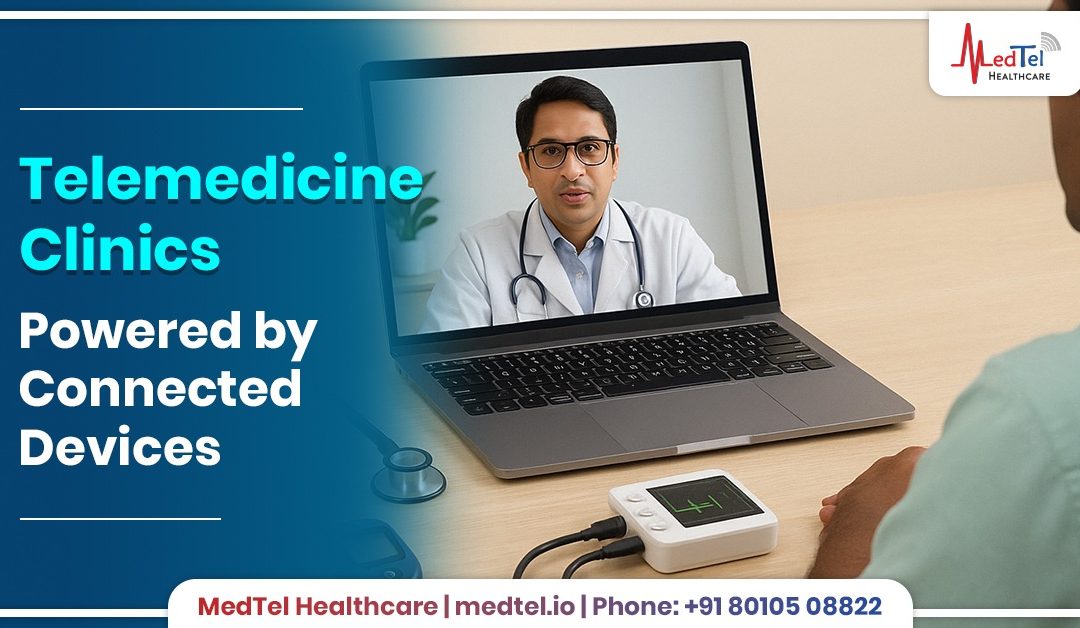Telemedicine has emerged as a game-changer for healthcare delivery in India, especially in rural and underserved regions. The integration of connected devices into telemedicine clinics is expanding the scope and effectiveness of remote consultations, making specialist care accessible to millions.
Connected medical devices such as portable ECG machines, digital stethoscopes, mobile ultrasound scanners, and glucometers enable healthcare providers to capture vital signs and diagnostic data during teleconsultations. These devices transmit real-time data to remote specialists, who can analyze the information and provide accurate diagnoses and treatment recommendations.
This technology reduces the need for patients to travel to distant hospitals, saving time and money while ensuring timely medical intervention. Telemedicine clinics equipped with connected devices are particularly beneficial for managing chronic diseases, maternal and child health, and emergency triage.
Additionally, connected devices support continuous remote monitoring, allowing healthcare providers to track patient progress and adjust treatments as needed. This is crucial for conditions like hypertension, diabetes, and heart disease, where regular monitoring can prevent complications.
Telemedicine also facilitates capacity building by enabling remote training and supervision of rural healthcare workers. Connected devices provide objective data that can be used for clinical decision support and quality assurance.
Challenges such as internet connectivity, device costs, and digital literacy are being addressed through government initiatives, subsidies, and training programs. Data privacy and security remain priorities to build patient trust in telemedicine services.
In summary, connected devices are empowering telemedicine clinics in India to deliver high-quality, accessible, and continuous healthcare. This integration is bridging the urban-rural healthcare divide and improving health outcomes across the country.
